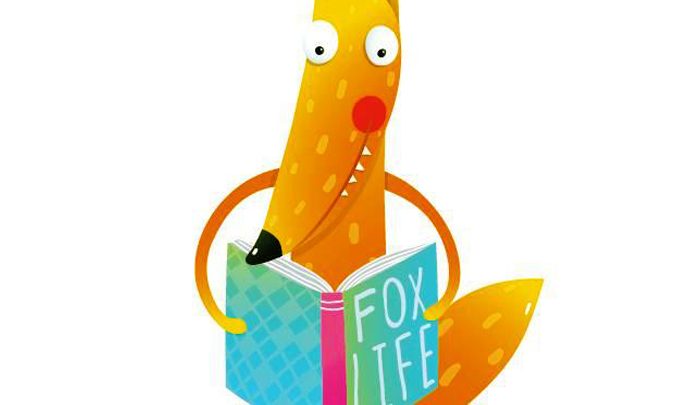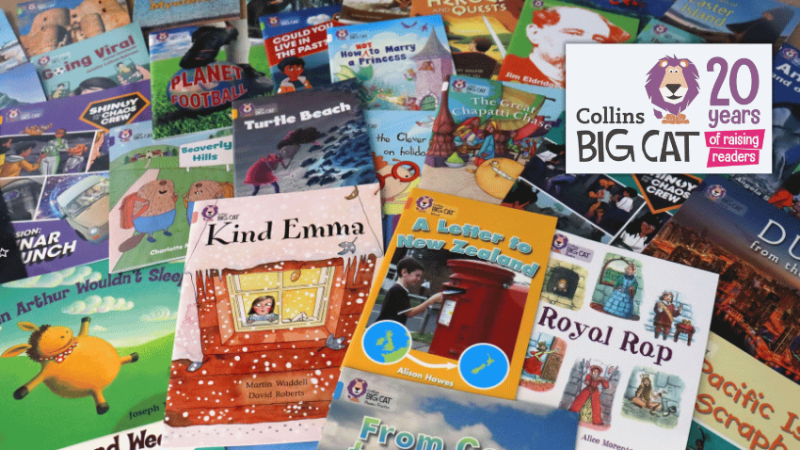Choosing Books For Children That Offer The Right Level Of Challenge

Giving children texts that offer just the right level of challenge can raise attainment without damaging their confidence, says Jackson Stenner

We all recall the national press headlines about pupils being ‘reduced to tears’ after the ‘ridiculously difficult’ 2016 KS2 SATs reading tests. Through our research at Metametrix, it is clear that the challenge was not solely about the difficulty of the questions but also about the complexity of the reading passages.
Last year, we conducted studies to examine the text complexity of material that students encountered in the course of each academic year. Using The Lexile Framework for Reading, which places both student reading ability and text difficulty on the same scale, we analysed the text complexity of the English reading sections from Key Stage 1 and 2 tests (2003 to 2016), including 2016 samples from the Department for Education, and textbooks for use in Years 1 through 11. Our Lexile Analyser software uses important predictors like sentence length and word frequency to determine the complexity of a text, which can range from below 0L for early readers to above 1600L for advanced texts.
We found that in terms of text complexity, the 2016 Key Stage 1 reading section was well aligned with the sample reading section and previous reading sections and just over 100L more challenging than Year 2 textbooks. The 2016 Key Stage 2 reading section was more complex than the sample section when measured by the Lexile Framework. But it incorporated passages with a similar range of complexity as observed on discontinued Level 3-5 and Level 6 tests. What stood out, however, was the difference between the complexity of the Year 6 textbooks and the passages from the reading KS2 section: there was a +300L difference in the average difficulty.
In that light, it isn’t surprising that there were tears, given the huge disparity between what children would have been reading in the classroom and what they were expected to tackle in the test. So how do we raise reading attainment while avoiding unnecessary stress?
The issue with assessment
Ample evidence indicates that the right match of reading ability and text complexity facilitates a desire to read and a greater degree of comprehension. In our studies, students who selected reading material outside of their developmental zone demonstrated disengagement and a declining desire to read, whereas those with books targeted around their ability exhibited reading growth.
The first step in making an optimum match is to have a clear understanding of a student’s reading ability. Two core approaches are generally used in education to assess this. In the first (largely applied in primary schools), a teacher will assign each child to the appropriate colour and level within the school’s selected reading scheme after one on one evaluation. Books within the schemes are organised based on increasingly complex text features. An alternative approach is to create reading tests; either developed by a school or purchased from a publisher.
Unfortunately, the removal of levels means that each student’s assessment results will be particular to the school’s chosen system; and of course, assigning a measure to their reading ability is only half the equation. In order for students to grow as readers, being able accurately to match relevant books and study material to the child’s ability is an essential requirement.
Trending
A clear measure
Over thirty years, the Lexile Framework has been linked to numerous reading assessments in use around the world. Because many book publishers report Lexile measures for their titles, educators can use a student’s Lexile measure to connect them with reading materials that offer an optimum level of challenge. A benefit of the Lexile Framework is that it accounts for the fact that each pupil has his or her own ‘optimum’. So, a native English student with a love of reading could be targeted at a 75% comprehension rate, making use of their excitement to stretch their skills. At the same time a pupil new to the language could be targeted at a 96% match to reinforce new skills and build confidence. This targeted, ‘just right’, match facilitates reading growth.
More than 200 publishers and digital platforms, including Pearson, Scholastic, McGraw Hill, Achieve3000 and HarperCollins, have adopted the Lexile Framework of Reading; and over 200,000 books and tens of millions of articles have received Lexile measures. For example, The BFG by Roald Dahl has a text complexity of 700L while J.K. Rowling’s Harry Potter and the Philosopher’s Stone is of an 860L level.
With each school now having its own assessment program and learning system it has never been more important for schools to be able to monitor and connect every child to reading material that has the right level of text complexity. Likewise, students should have the tools to independently select the appropriate reading material suited to their own development.
The earlier we help children to develop a passion for reading, the more likely it is that those students will grow into being strong readers. The early adoption of properly targeted reading practice is the most exciting phenomenon I’m currently seeing across the world – because regardless of where a child begins in life, we know that having a positive relationship with reading lays the foundation for a better future.
For further information on the Lexile Framework for Reading, current research, and a list of more than 200 publishers using the measure, visit lexile.co.uk Dr Jackson Stenner is chief science officer and co-founder of MetaMetrics











